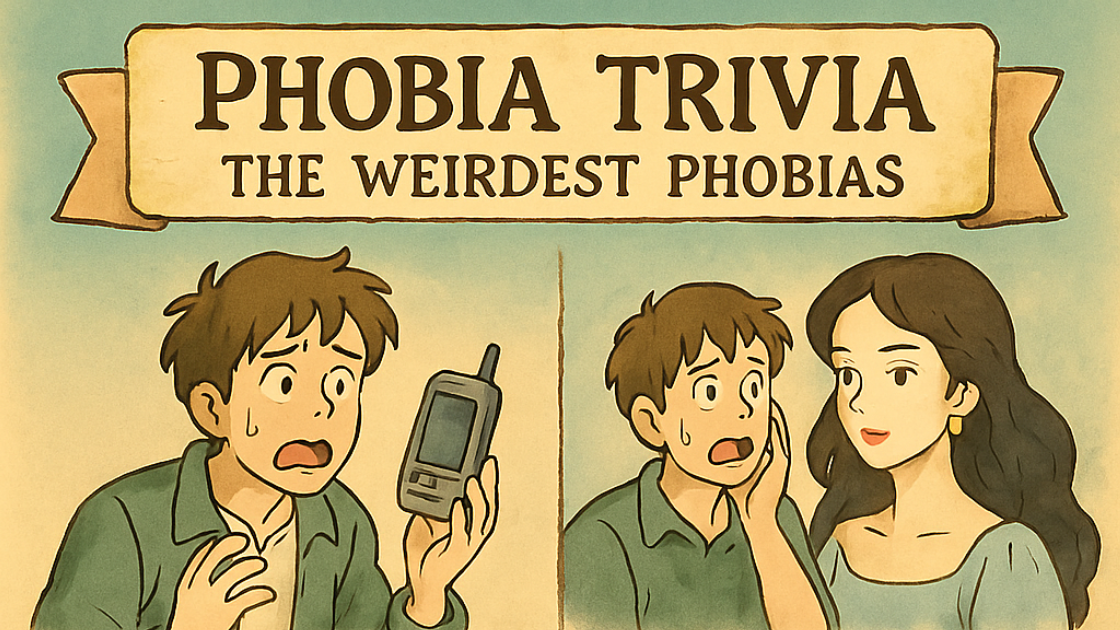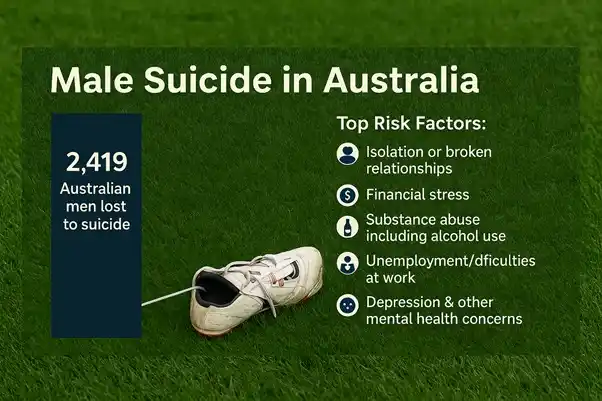How can I tell that I have an eating disorder?
We live in a world where we are bombarded with images and messages about our bodies. If our bodies don’t look a particular way, there is an implication that there is something fundamentally wrong about ourselves that we should address. If after having a baby we aren’t back in a bikini within a few months, we are labelled as lazy.
Dieting is part of modern life
I think it would be hard to find an adult, male or female, who hasn’t dieted at some point in their lives. For short periods of time, dieting can be helpful to lose weight gained during a vacation or the holiday season, but when it becomes an entrenched lifestyle pattern, problems will inevitably appear.
Exercise is vital
Similarly, exercise in itself is a vital component to a healthy lifestyle. We are living in a world where the pace is increasing and the advancements in technology lead to more sedentary lives. As a consequence, exercise is an extremely effective tool for managing stress, keeping our bodies fit and healthy and facilitating social opportunities with friends and family.
Diet and exercise are fundamental components to most eating disorders and it isn’t always easy to know when habits are causing problems instead of supporting health and wellbeing.
When is it going too far?
Currently, the health and medical field base the diagnosis for any psychological disorder on criteria elaborated in the DSM. Accordingly, anorexia includes an inability to maintain a minimal normal weight, excessive fears concerning weight gain or becoming overweight, self-opinion derived from body weight or size and refuting the health dangers low body weight presents (American Psychological Association (APA), 2013). Bulimia involves the uncontrollable ingestion of food quantities larger than the majority would consume in a similar timeframe and context. Weight gain prevention behaviours including vomiting, abusing laxatives, diuretics or similar medications extensive exercise and fasting are consequently performed. Self-worth is heavily influenced by body weight and perceived shape. The dysfunctional pattern must be engaged in once a week for at least three months (APA). An alternative ED gaining recognition is binge eating disorder (BED) whereby a comparatively larger quantity of food is uncontrollably ingested while simultaneously experiencing distress involving guilt, shame and disgust. A binge often occurs alone and regardless of resting appetite and typically once each week for three months (APA).
Individuals with eating disorders are preoccupied with food, exercise, diuretics, weight loss pills and vomiting alone or in combination. While research suggests there is a genetic component to eating disorders, environmental factors exert an enormous impact. Eating disorders appear to function as a way of managing emotions and dealing with unsatisfying relationships (such as with parents, friends or a spouse) that are or are deemed necessary to each individual.
Those with eating disorders typically define their self-worth and self-esteem in accordance with their weight, their ability or inability to control food intake and the status of important relationships. Individuals are ruled by food, exercise, pill consumption, vomiting and concerns about particular body parts that are larger or smaller than desired.
Barbie’s Unhealthy Figure as an Eating Disorder Trigger
As in many countries, eating disorders are on the increase among younger girls in Australia, with around half of those in primary school wishing to lose weight. While girls of secondary school age are typically exposed to the unachievable figures of fashion models and a great number of slender female characters on TV, which can trigger poor body image and eating disorders during adolescence, for younger girls the factor driving their disordered eating may lie closer to home. Barbie is as popular as ever with girls in the early years of school, but her figure is far from realistic and just by playing with her this can plant a dangerous message that this is the figure that youngsters should try to achieve.
In real life, not only would Barbie stand at 1.75m, around 13cm taller than the average woman in Australia, but the measurements for her chest, waist and hips are not only far from average, but they are also out of proportion. With a 91cm chest and 84cm hips, her waist is a tiny 46cm, which shows just how unachievable Barbie’s figure is. Girls are oblivious to the fact though that women would have to drastically change their proportions to meet Barbie’s figure, so adopt unhealthy eating and exercise habits to try to achieve the impossible. While to some this may seem unbelievable, a study showed that girls aged 5 to 8 expressed dissatisfaction with their own body and want to lose weight after playing with the overly slender doll.
As anorexia and bulimia can have such a devastating impact on physical and mental well-being, particularly at such a young age, it is vital that we take steps to reduce the risk of children developing eating disorders. While choosing not to expose young girls to Barbie dolls is one option, as they come across unhealthy images of women’s bodies on a daily basis, helping them to understand that the figures they see are distorted can help to boost their self-esteem and reduce their desire to diet.
Here are a couple of blogs written on this topic you might find useful:
What Are Australians Most Afraid Of? N...
From snakes and spiders to needles and ghosts, fear takes many forms. But what do Australians fear most in 2025? At Bayside Psychotherapy, our expert.
Is It Time For The AFL To Cast A Menta...
At Bayside Psychotherapy we are passionate about mental health and like many fellow Melbournians, many on our team are avid AFL fans. So when two of our.
Exploring Emerging Therapies: Understa...
At Mind Medicine Australia, we are dedicated to transforming the trea.
The Balance of Power in Romantic Relat...
Why do some relationships thrive while others feel like a constant tug-of-war? Power dynamics lie at the heart of this balance.











